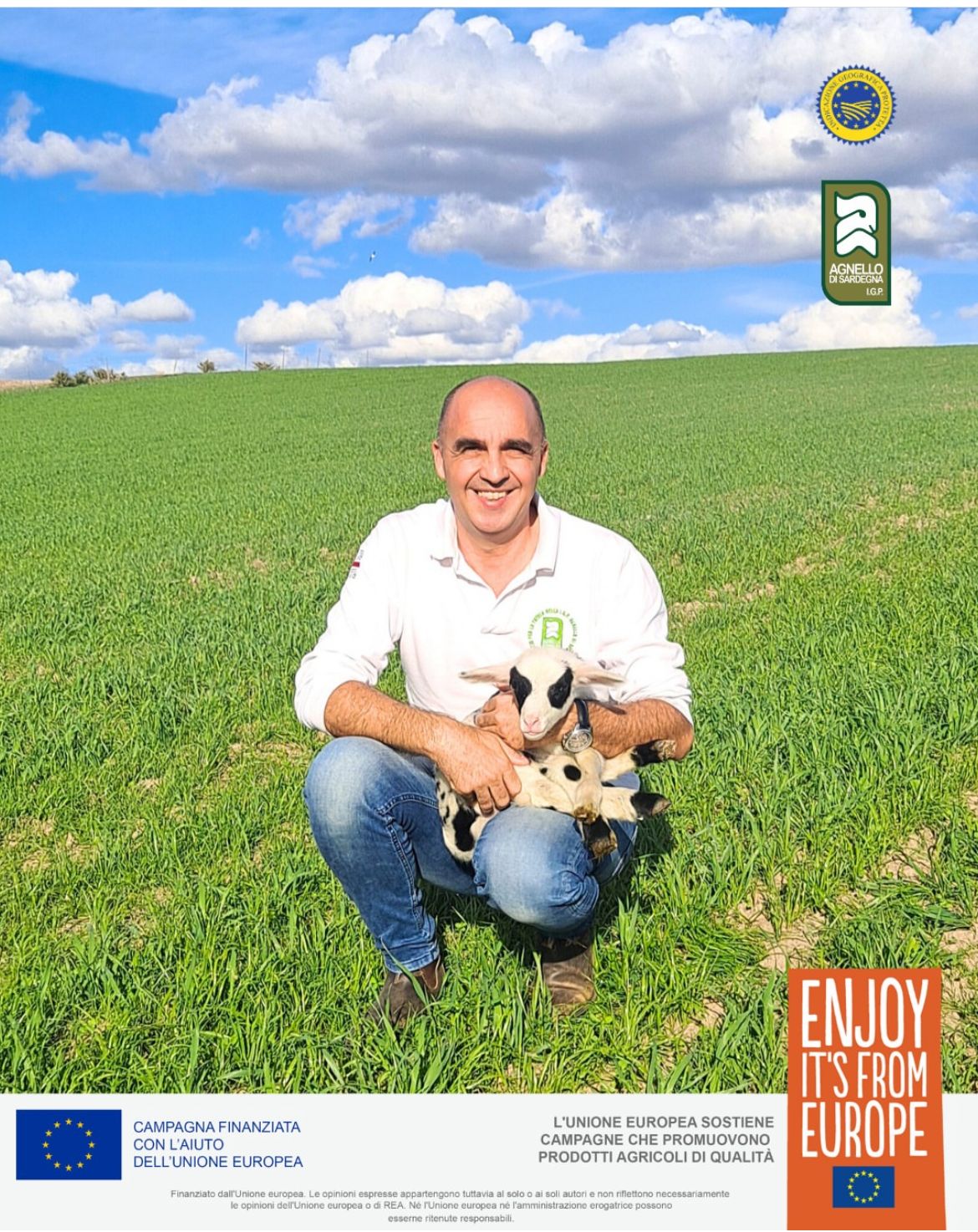Alessandro Mazzette is the director of the Consorzio per la Tutela dell’Agnello di Sardegna IGP (CONTAS) since 2017. He is graduated and with a PhD in Agricultural Science and Technology. He’s involved in Life Green Sheep project and tell us more about his interest in this program.
Alessandro, can you tell us what Consorzio per la Tutela dell’Agnello di Sardegna IGP (CONTAS) is ?
Alessandro: CONTAS, with its 5100 members, represents and groups together 40% of Sardinia’s sheep farms, homogeneously distributed throughout the Sardinia region, which produced 85% of the Italian PGI lambs in 2022.
Are you interested in research aspects ?
Alessandro: For years, we have been collaborating with several research institutions operating in Sardinia, such as Agris and the University of Sassari, which are among the partners in Greensheep project. We consider each phase of a research project as an opportunity for growth for our companies.
What prompted you to get in touch with Greensheep project?
Alessandro: we pursue with our partners the improvement of the PGI Sardinian lamb supply chain, together with the goal of increasing the sustainability and certification of meat, in a delicate global framework that must however see us as protagonists of our future. We decided to take part in the Greensheep project because we want to ensure that every step in the production chain of our lamb reaches the environmental sustainability standards set by the European Community. It’s not enough for us that the lambs follow their mothers to pasture and are fed with their milk. We want to make sure that the mothers themselves are also reared according to environmentally friendly standards, and that in the livestock farms members of the Consortium, all those actions are put into practice that reduce the environmental impact of the farm itself. In order to do this, we believe it is essential to first get to know the Sardinian reality well, and then to go and explore how our colleagues in the other member states of the project work, because from the comparison we will certainly be able to highlight more critical points in the supply chain, but also to develop mitigation actions suited to each individual farmer.

